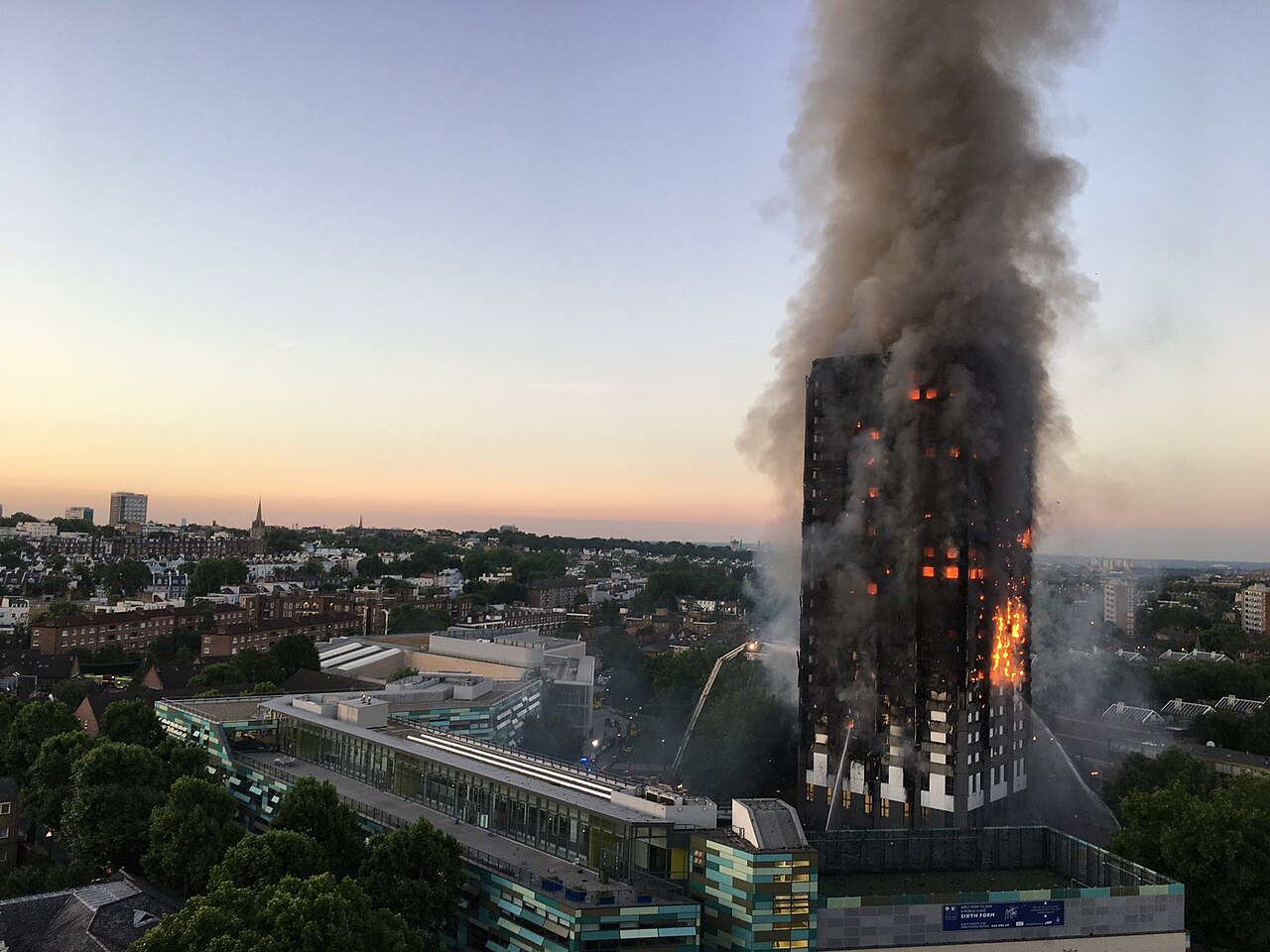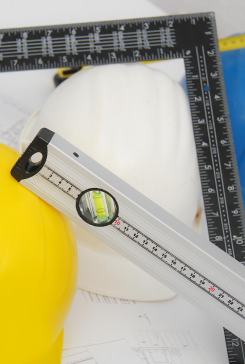Mon, 15 April 2024
Navigating the Maze of Essential Safety
Measures: A Guide for Strata Living
In the world of strata management, ensuring the safety and
compliance of your building isn't just a responsibility—it's a necessity. Across
Australia, the adherence to Essential Safety Measures (ESM) is paramount for not only
abiding by the law but also safeguarding the lives and properties of those within. With
a legacy spanning over 25 years and a track record of supporting more than 10,000
buildings, Focus Building Risk and Compliance stands at the forefront of building
compliance and risk management.




